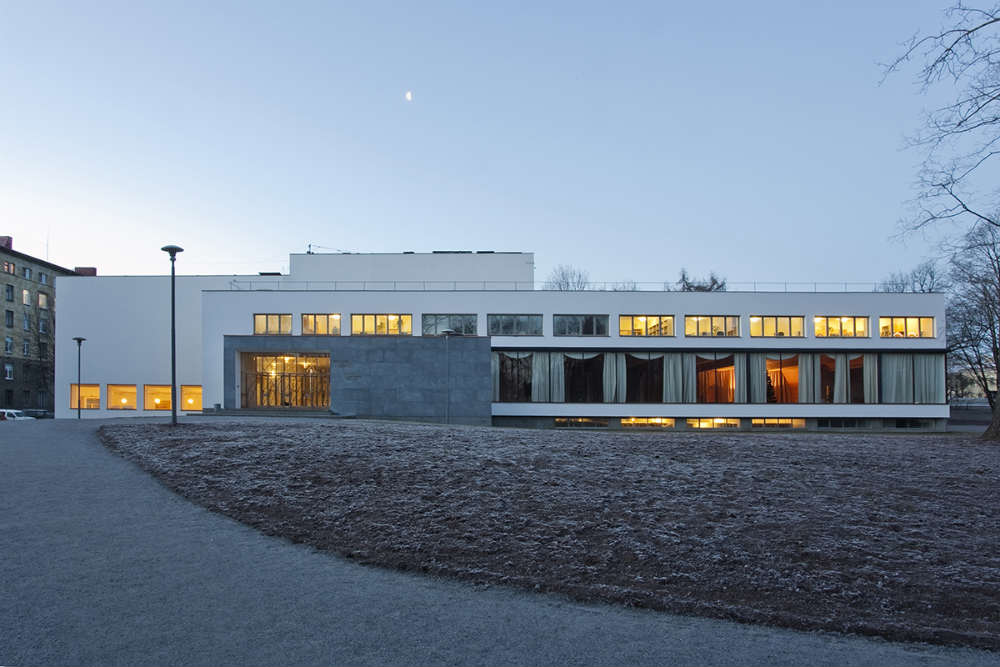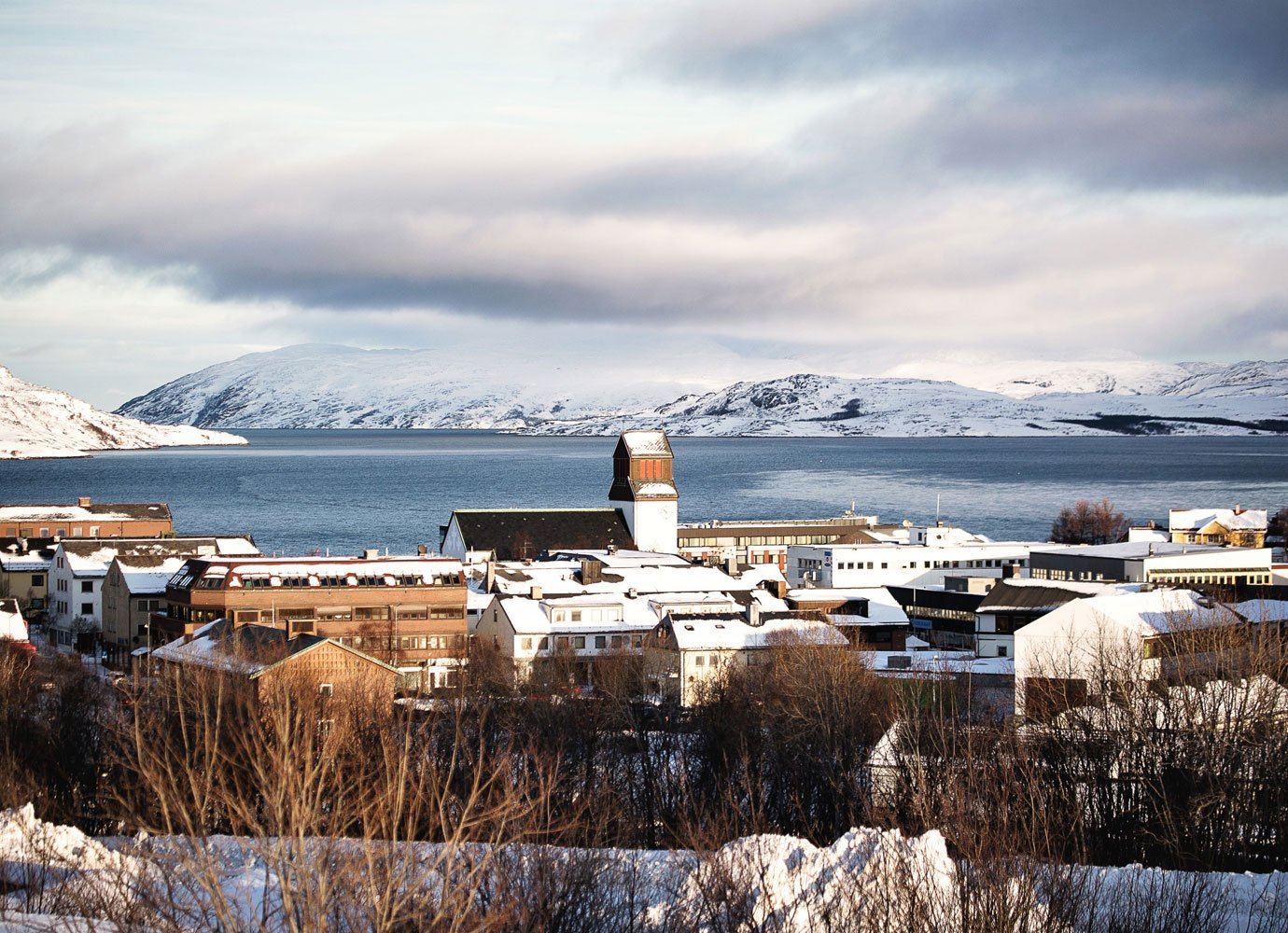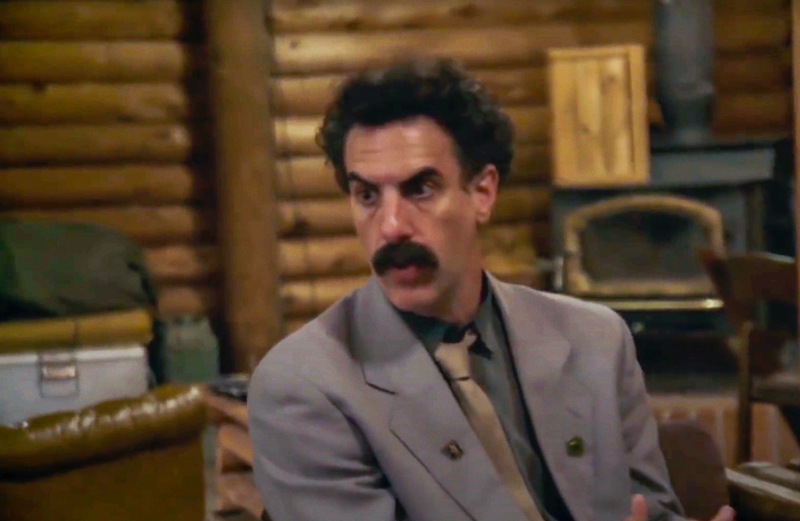On the rocks: how vodka tourism shaped and shattered decades of Soviet-Finnish relations
In the West, the Soviet Union was often seen as grey and dour, the last destination for a frivolous holiday. But for decades, Finnish tourists have been enjoying all the benefits of Russian hospitality — and for a small percentage of revellers, that meant making the most of cheap bars, relaxed licensing laws, and copious vodkas with lime.
In February 1984, a group of Finnish students celebrated their graduation by taking a trip to Leningrad. They stayed in a standard tourist hotel and saw the usual Soviet sights. Then, one night, two boys from the group got drunk. So much so that in the morning hours, the boys undressed in the hotel lobby and took a swim in a fountain — or at least tried to. The fountain in question was less than six inches deep.
The unforgettable holiday became even more so when the duo was promptly arrested — after all, Leningrad was not Ibiza. But worse was still to come. A Soviet court sentenced them for “aggravated hooliganism”, an article that had been in Soviet law books since the 1920s, and was considered a political crime. The youngsters got one year in a Soviet labour camp.
Finns performed such boozy holiday binges that many Russians actually believed that Finland was under prohibition. Some still do
The pair were lucky. The president of Finland was due on a state visit to the Soviet Union soon after the fateful plunge, and the boys were quickly pardoned. The aim of Soviet officials had probably been to teach a little lesson to Finns. It was not the first time that someone from Finland had been uncontrollably drunk in Leningrad. Indeed, “vodka tourism” — Finnish tourists’ luscious long weekends in the domineering Soviet state that was usually portrayed in the West as grey and uptight — was a phenomenon that lasted for decades.
Finnish tourists could be spotted in the Soviet Union by the 1930s, but the golden age of so called “east tourism” was from 1960s onwards. At this time, most of the trips abroad from Finland were made either to Sweden, Spain or — the Soviet Union.
There were many reasons for the popularity of Soviet trips for Finnish travellers. Firstly, the Soviet Union was close by; it took only seven or eight hours by bus or train from the Finnish capital, Helsinki, to get to Leningrad, a favourite haunt of Finnish visitors. Secondly, the Soviet Union began welcoming tourists after the Khrushchev thaw, especially from “friendly” countries such as Finland, which was politically between East and West. And thirdly, everything was cheap: traveling, hotels, food — and especially the booze.
Dancers in the Viru Hotel nightclub in the 1980s
Most Finnish tourists did indeed behave themselves on Soviet soil. They came to Leningrad full of excitement, saw the famous attractions like the Hermitage and Aurora cruiser, climbed to the colonnade of St. Isaac’s cathedral, and cursed silently the quality of food and service in restaurants. They travelled with a tour group, spent five days to a week in and around the city, and went back home telling thrilling stories about custom checks.
But a small group of Finns had other interests. They came in the same groups, but their sole purpose was to get wasted. Approximately 1.5 per cent of Finnish visitors to the Soviet Union were vodka tourists. And while this sounds small, in the 1980s, more than 300,000 Finns visited the Soviet Union annually — which meant there were thousands of vodka tourists, too.
And though they were a minority, they made themselves known. Apart from swimming in fountains, vodka tourists smashed display windows, beat up taxi drivers and hotel clerks, sang loudly through the night, and even disturbed the three-day mourning period following the death of Brezhnev.
Of course, Finnish groups always had a trained tour guide with them. But while these guides tried to stall the drinking, they could not be everywhere at once. And sometimes, the guides themselves were having more than just one night cap.
All of this earned Finnish tourists some snappy sobriquets: they were called “brawl tourists” and even “hakkapeliittas”, a reference to frantic Finnish soldiers who fought with Sweden against Russia in the 16th and 17th century. One moniker was “our four-legged friends”. It was not a metaphor.
In the early 1980s, two to three Finns actually died each month in Leningrad. Some literally drank themselves to death, while others were too drunk to remember important medication.
The long Easter weekend was the most notorious. One Finnish social scientist tried to figure out the number of vodka tourists who travelled to Russia during Easter holidays, and gave out questionnaires to buses arriving from Leningrad. Many tourists answered. But some forms were left empty, as the respondent had passed out, and other papers came back wrinkled and with blurry markings because the passengers who had tried to fill the forms were so drunk.
Finnish tourists in a tour bus in Leningrad
This, of course, seemed crazy to the Russian people, who had their own reputation as heavy drinkers. Finns performed such boozy holiday binges that many Russians actually believed that Finland was under prohibition. Some still do.
Fifty years ago, Finland did have strict rules for buying and consuming alcohol — a fierce state monopoly controlled the production and sale of most alcohol, and stores were relatively few, particularly away from larger towns and cities. In the Soviet Union, by contrast, regulations were a little more lax. The cheapness of alcohol, however, was the main reason behind vodka tourism. For the first time, humble Finns could feel as if they were men and women of the world and had money to spend. Tourists were not allowed to take Soviet currency across the border and it made no sense in changing it back to Finnish marks. Finnish tourists also sold jeans, tights and other coveted Western products to Soviet citizens in illegal but very profitable transactions. The best way to get rid of the extra money was to spend it to food and drink. Former Finnish tour guide Jaana Niinikorpi reminisces one of her trips to Crimea: “One man had had so many rubles on the last night that he ordered a whole casket of shampanskoe,” she said, referring to the notoriously sweet Soviet sparkling wine. “Then he filled the tub of the hotel room and went into a hot bath to drink it away.”
Eventually, drunk Finns became a diplomatic problem. The Soviet Union reproved Finland, with the consulate even suggesting that Finnish tourists would not be served alcohol at all
But where could one drink in the Soviet Union, apart from the bathtub? To do it in the street was too blatant. Common Soviet bars were only visited by the most adventurous, and the majority of Finnish tourists could not speak Russian. Restaurants meant for foreign tourists were somewhat upscale, so one could have a drink or two, but never too much.
Hotel rooms and tour buses were popular choices: where you could bring a vodka bottle and swig away. But, sooner or later, drunk individuals want drunk company. That’s where so-called “dollar bars” came in handy. Dollar bars were run by Intourist, the Soviet travel agency, and were usually situated in hotels. The bars were pretentiously decorated but operated basically as drinking dens for foreign tourists. Western beer and cigarettes were available, and everything was paid in dollars or other Western currencies. This made dollar bars practically inaccessible to locals — apart from the secret police agents, who were often disguised as tourists (although usually so badly they were easy to recognise). You could even buy cocktails. One of the most famous bartenders in Leningrad, Alexandr Kudrjachev, mentioned later in an interview that he got a job in a dollar bar after claiming that he had read all of Hemingway. He also said that Finns always ordered the same thing: vodka with lime.
Finnish customer in dollar bar at Black Sea resort
As Finnish tourism to Soviet Union grew, especially after a travel treaty signed between the countries in 1974, troubles followed. In Leningrad alone, there were eventually 80,000 to 100,000 Finns yearly. Police officers began to fine and arrest more Finnish travellers for hooliganism. Eventually, drunk Finns became a diplomatic problem. The Soviet Union reproved Finland, with the consulate even suggesting that Finnish tourists should not be served alcohol at all during their trips. The threat never materialised. After all, Finns were bringing a lot of Western money to the Soviet Union, so they had to keep coming, sober or drunk. The Ministry for Foreign Affairs of Finland began to distribute leaflets in the border crossing stations prompting Finns to behave themselves. Their efforts came to no avail.
During the 1980s Finns began to travel more widely in the Soviet Union. Jaana Niinikorpi estimates that the further you went, the less vodka tourism you saw. In the Black Sea resorts Finns relaxed mostly with families. But drinking was also part of these holidays, especially in the clubs and beach bars. Leisure activities were also a bit more lively than the usual grey Lenin statues. Pleasant excursion into a wine kolkhoz was a must in Crimea, and so was wine tasting.
Vodka tourism had its negative aspects, but today many Finns have warm memories of their trips to the Soviet Union. They were young and without worry, and had travelled to an exotic country, just like young people today travel, say, to Vietnam or Mexico. Certain amount of ostalgia — nostalgia for Communism — tend to colour the memories, but at the same time vodka tourism can be seen as one of the rare cases where political relationship between East and West was replaced with individual experiences and connections.
Even today, after crossing the Finnish-Russian border at any chosen point, the first thing you’ll see is a gas station selling cheap gasoline and vodka to Finns.


